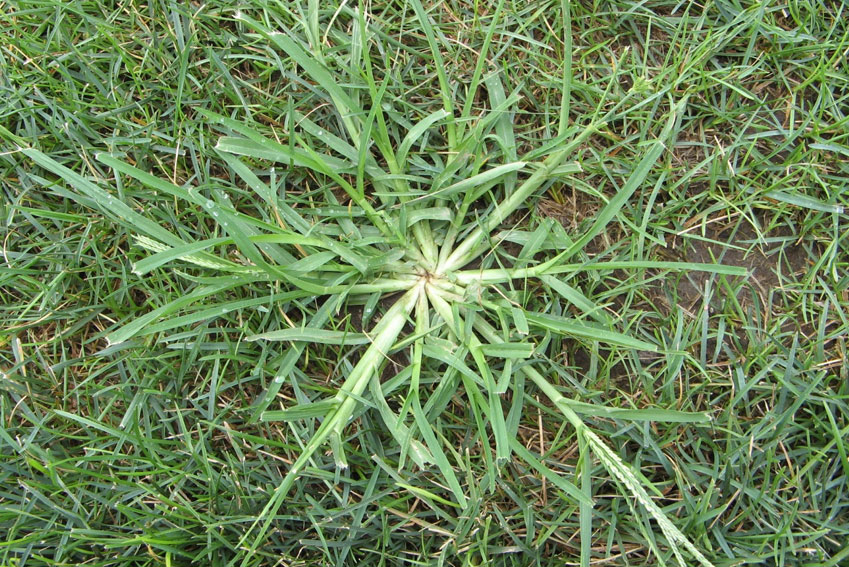Crabgrass… Our Grassy Foe.
Read MorePosted on: Jun 25, 2020Raunie
Crabgrass is a nuisance type of grass that can be found throughout most of Southern Ontario. It is very distinct in home lawns because it is thicker and can be taller than Kentucky bluegrass. Crabgrass also grows in clumps so it appears in distinct patches.
Ways to Identify Crabgrass on your Lawn
When weather warms up at the beginning of each summer the crabgrass can be identified by its lime green colour and it’s clustered growth pattern. It also grows more parallel to the ground as opposed to the upright growth of regular turf types

Why do we get Crabgrass?
- Weather patterns from the year before matter. Long dry summers promote more seed production of the invasive grass type the following spring.
- Crabgrass has root toxins that actually stunts growth of healthy grass around it to create more space for it to thrive.
- This type of grass grows, like weeds, wherever it has the space to but also where the heat collects the most (i.e. beside driveways, walkways and any bare or thin areas throughout your lawn).
- Crabgrass produces its seed in the hot summer months (July/Aug) but those seeds don’t germinate until the following spring.
What can I do about it?
With the provincial legislation firmly in place there is no effective method of preventing or controlling crabgrass in Ontario; however, we do have some tips that can help keep it at bay, the natural way!
- Overseeding – A thick lawn is a healthy lawn.
- Because crabgrass grows best in bare or thin areas, filling in those spots with healthy turf types essentially chokes out existing crabgrass (and weeds too!)
- Cutting high and regularly watering
- Cut at the highest lawnmower setting (2.5-3″).
- Water deeply as crabgrass thrives in hot, dry soil so by keeping moisture in the ground helps keep it under control.
- Dig it out
- Ensure you are getting the root of the plant and put soil and seed in the bare area so it doesn’t come back.
- The best time to do this is spring/early summer when the plant is just coming out of dormancy and is a lime green colour.
- Bag your clippings during the summer months
- When the crabgrass is producing its seeds its best to fully remove what is cut otherwise it will spread to wherever the lawnmower goes and you’ll have a much bigger problem to deal with.
Conclusions
You have to tackle this problem before it gets out of control! It is best to address the problem in the spring and either seed it or dig it out before it has the chance to produce more seeds. As always we’re here to help in any way that we can – for further information about helpful lawncare tips please read our blog!
*If you have a topic you’d like to know more about please email wecare@doctorgreen.com with your suggestion and we’d be happy to provide any advice we can!*

